Ondrej Markus
Entrepreneur in ed-tech, building the future of education as a founder and CEO at Playful.
I write about the future of education, designing learning games, and running a startup.
I'm a generalist, introvert, gamer, and optimizing to be useful.
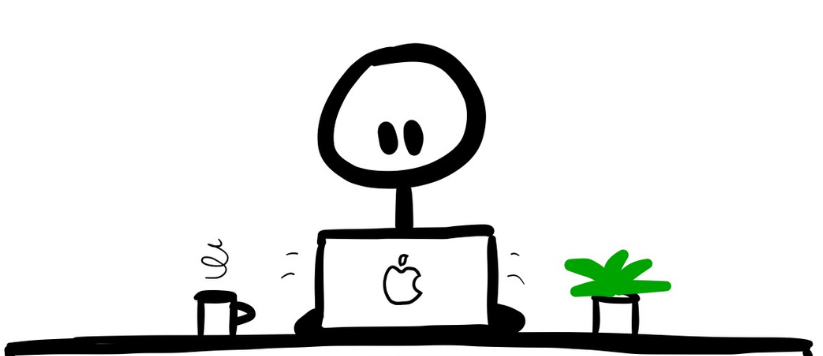
What the work happened #5
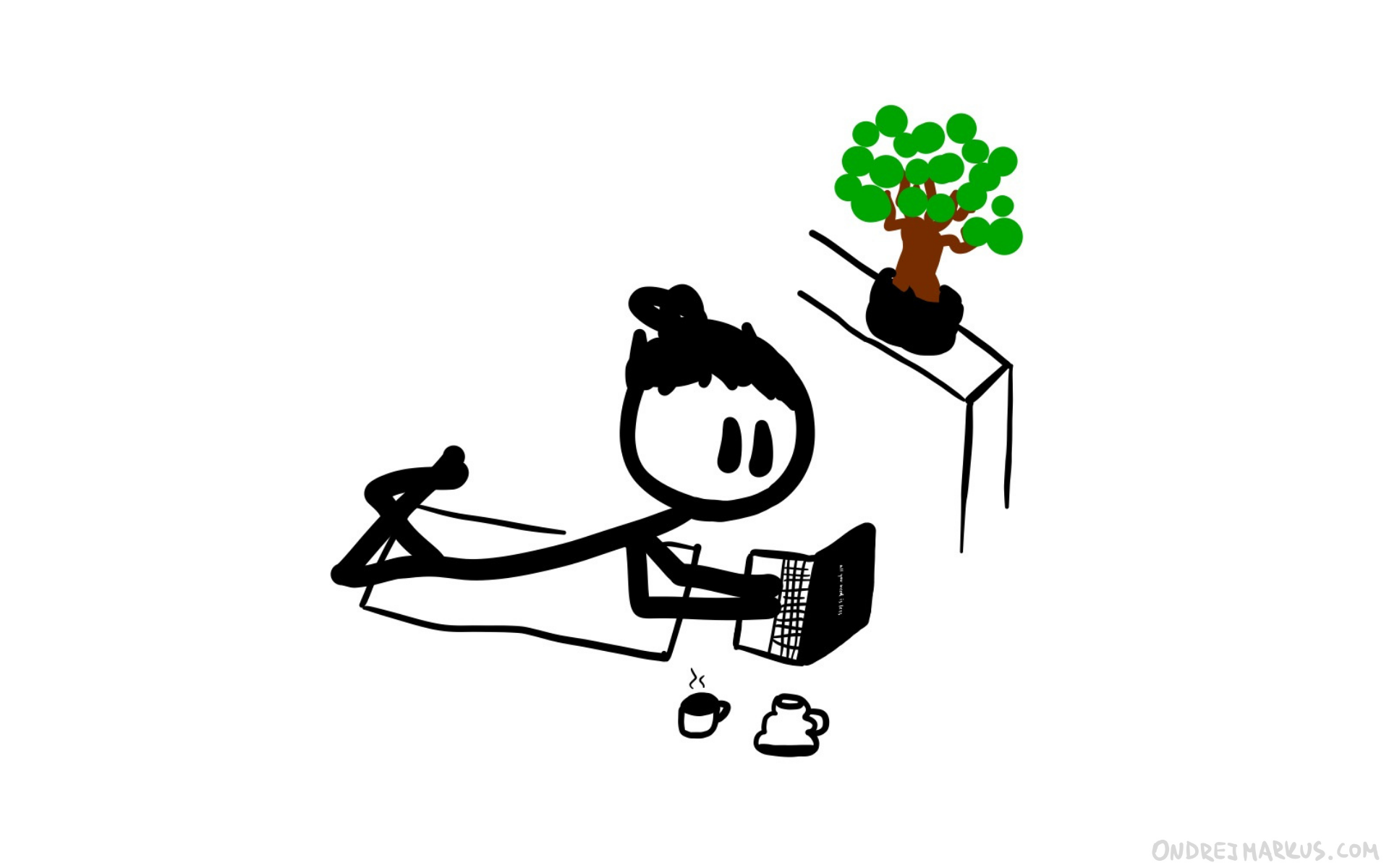
Hey there 👋
May was a month of transitions.
I ended my part-time design job to work more on my own projects. That’s very exciting and very scary.
Exciting because of the new opportunities, and scary because now I own 100 % of the risk of messing things up. But that’s the price we pay for freedom, I guess.
Now, whenever there’s turbulence in my life, I go for the same fix. I revise my System. It helps me to feel like I know what I’m doing (I mostly don’t).
The System is a set of rules that help me get the right things done while enjoying the process.
And my new System is what I want to talk about today. Because it’s going to define my work-life for the foreseeable future.
Also, I thought it might be useful to share how exactly I did it. What questions did I ask myself? What answers did I find? And how is it going to help me do my work better every day?
Let’s go.
How to design a better System for work
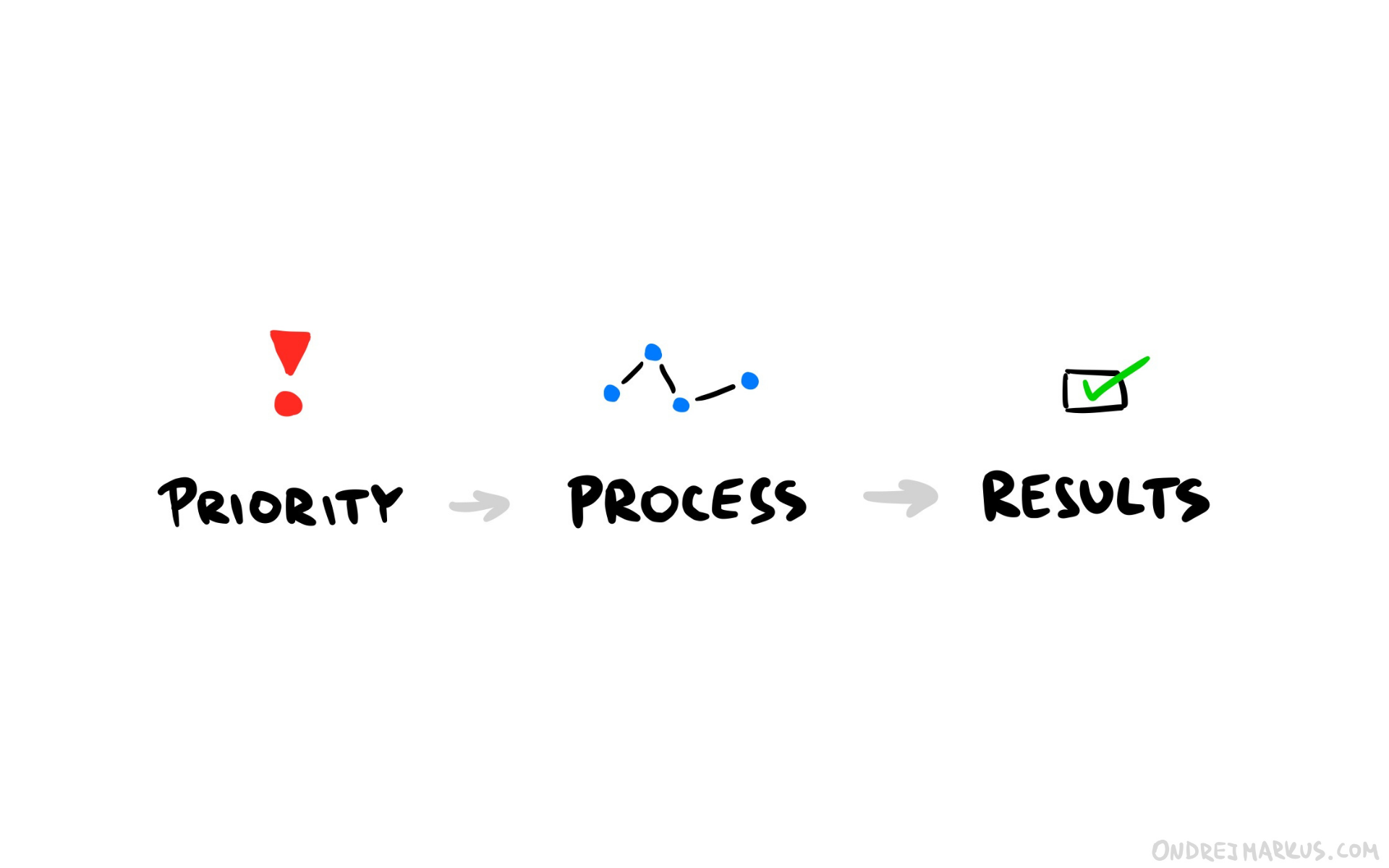
Design your System for work
I need my System to help me do 2 things:
- Get the right things done
- Enjoy the process
Especially the ‘enjoy part’ is crucial. I’ve been working with myself for a long time, and let me tell you: once I don’t enjoy what I’m doing, it ends quickly.
I’m very bad at doing things I don’t enjoy doing. This is also what makes me nearly unemployable for a ‘normal job’, but that’s a story for another time.
Now, let’s start with the first design question.
1) Find your priorities – What makes you feel good?
The first thing I asked myself was: What makes me feel really good at work?
And this is what came up for me:
- When I’m learning new things
- When I’m finishing work I’m proud of
- When I’m building relationships with people I like
Next, I thought about what exactly they mean to me. And I formed 3 sentences, mantras almost, that briefly illustrate the deeper meaning behind them:
- Learn what burns
- Write what bleeds
- Friend what tweets
These probably make no sense to you because they are personal. But I’ll try to explain.
Learn what burns
Learning is an essential thing for my daily wellbeing.
Which makes the fact that I keep forgetting about it even more surprising. I tend to gradually increase my focus on writing, and slowly phase reading out of my workflow.
However, trying to write without reading is like trying to breathe out without breathing in first. I run out of things to say.
Next, the ‘what burns’ part is about what to learn. I want to be honest with myself in what I’m really curious about and follow it ruthlessly. Not just do what’s popular and safe.
I want to focus on the burning questions. The painful problems I can’t ignore. The ones that keep returning until I find an answer. Or they’ll haunt me forever.
Solving what I must solve for myself is the strongest motivation. And if I can solve these questions for myself, I will help others solve them too. That almost sounds like a plan.
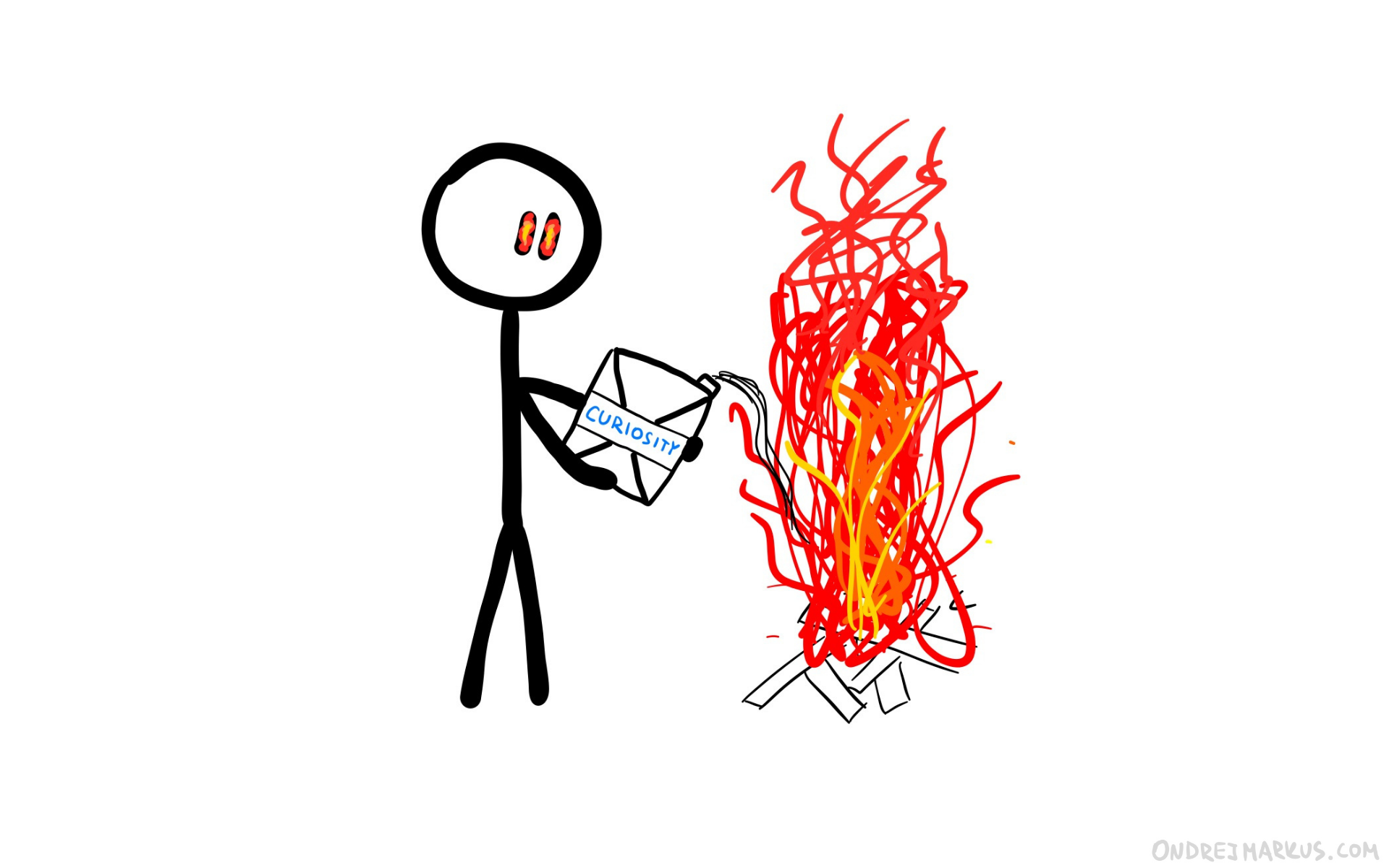
Learn what burns
Write what bleeds
Writing is my primary tool for change right now. But the ‘bleeding’ principle applies to everything else I do, whether it’s design or teaching.
Writing what bleeds means to write openly about the extremes of my personal experience. It’s writing about what makes me anxious, angry, excited, hurt, or surprised. I simply follow the blood.
I do this because, out of everything I wrote, the pieces that made me just enough uncomfortable are those that feel real. That’s when people actually wrote back ‘Yeah, I know what you mean’. That’s when the writing is good.
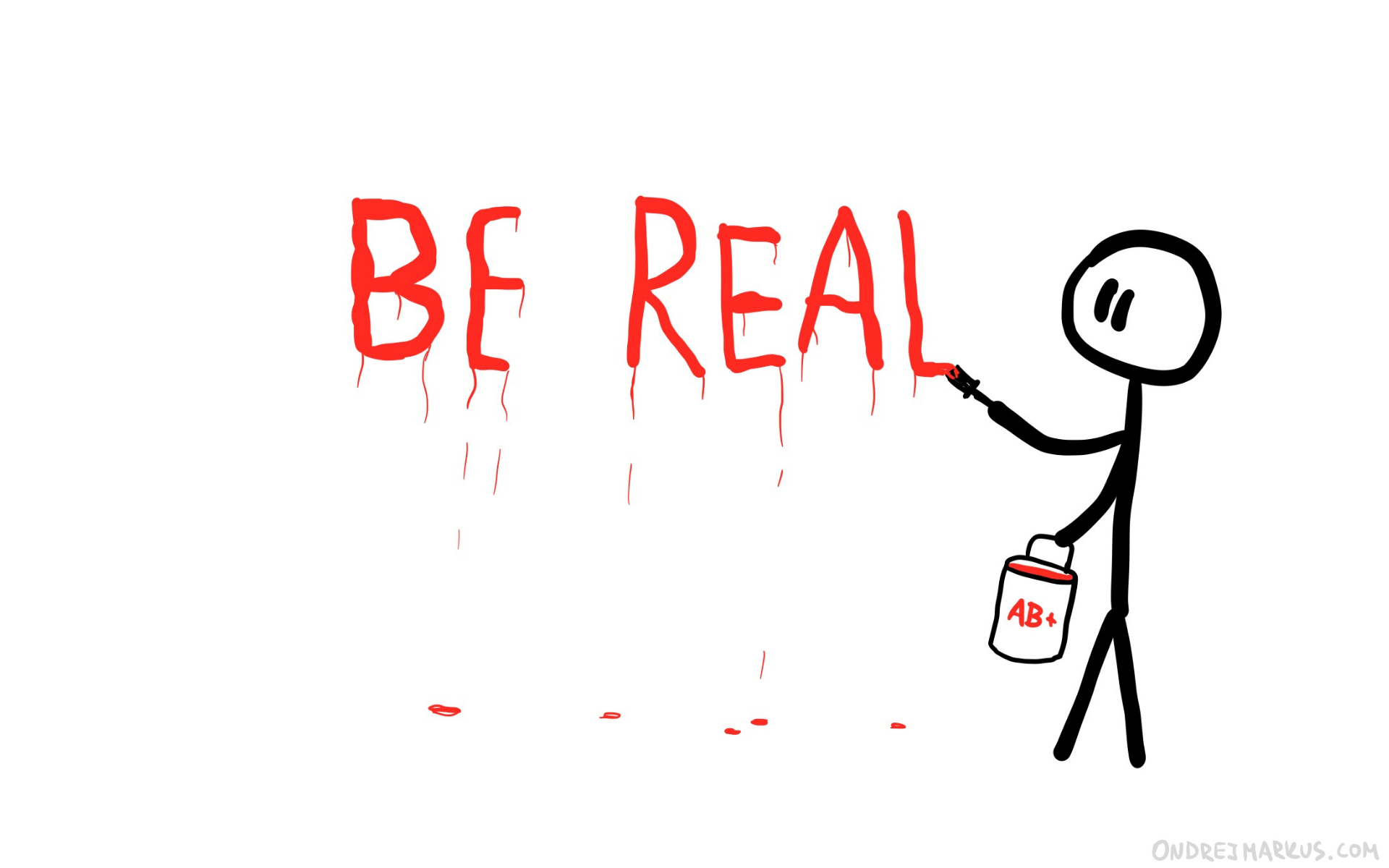
Write what bleeds
Friend what tweets
(This wording doesn’t really make sense, but I couldn’t resist making it rhyme. ¯_(ツ)_/¯)
I want to connect with more people worldwide. And since I’m normally a social media abstinent who doesn’t like to spend time scrolling feeds, I wasn’t sure how to approach this.
But after some thinking, I decided to try Twitter as a place to find like-minded people I could share my journey with.
That’s why I’m going to focus on building relationships with other builders on Twitter. I need a place to get feedback on my work. And if it goes well, a place where my work finds its fans.
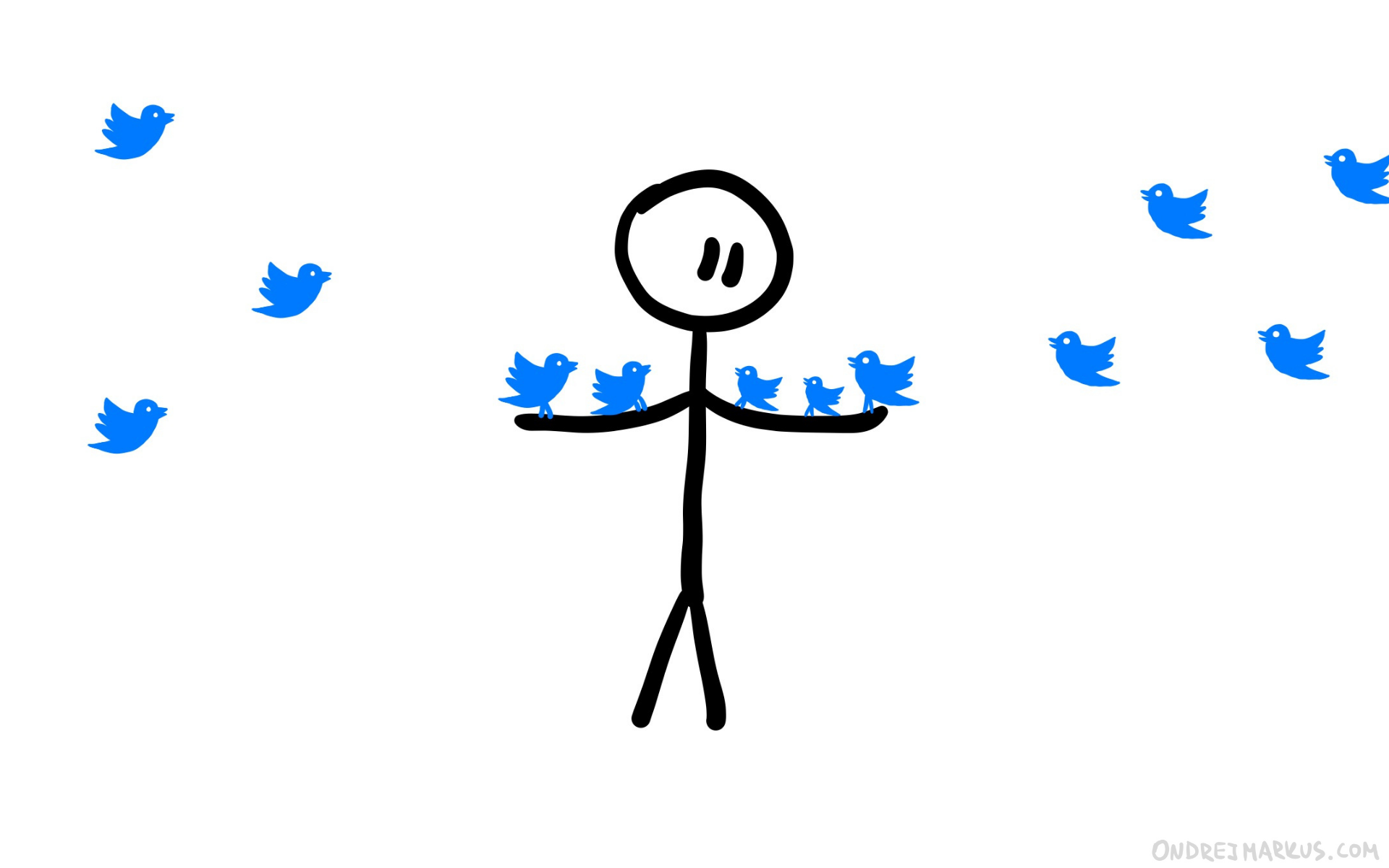
Friend what tweets
Okay. Now that I have these objectives on paper, how do I design my daily work-life around them?
I have to get more specific in what exactly is going to happen every day to make them a reality.
2) Process & Results – What do you need to happen?
There are 2 parts to answering this question:
- Knowing what results you need to happen
- Having a process that makes them happen
Results are the outcomes you need to happen to be successful in whatever you set out to do.
Process is the activities that, if done consistently, are going to deliver the results you need.
We need both to design a System that gets the work done.
So I asked myself: What are the results I need in these 3 categories? (Learning, Writing, Friending)
Although, there is one thing to answer first: What makes a good result to aim for? Or in other words, how to set the right goals?
Aim for the right results – What is under your control?
I prefer to aim at things that are in my direct control. So I thought about: What is and what isn’t under my control here?
I choose to aim only for results under my control:
- ✅ What questions I choose for my research
- ✅ How many articles and tweets I choose to publish
- ✅ How many people I reach out to
And I avoid numbers and metrics I can’t control:
- ❌ How many people visit my website
- ❌ How many shares and retweets my work gets
- ❌ How many email subscribers and Twitter followers I get
All of the red ones are something I can hope for and try to get, but I can’t force them to happen. They are not under my control.
Sure, I care about how many people share my work. But other than making my work share-worthy, there is nothing I can do to force these numbers upwards.
There is only unnecessary suffering in aiming for metrics you can’t directly influence.
Find a process that works for you
My definition for ‘the right process’ is simple: It’s any process that works for you. That means anything that helps you get the right things done and enjoy the process (same as the purpose of the whole system).
But all of us are different. We need different routines, habits, and tools to get our work done. And that’s okay. There is no one perfect process.
You need to find yours by trying different things and seeing what does and doesn’t work.
- Try new things,
- keep what works,
- discard the rest,
- repeat.
My process is built on a few rules that are worth mentioning for context. They make my process possible.
- Start the day writing Morning Pages
- No meetings before noon
- Mornings are reserved for deep work (no phone, no email, no admin)
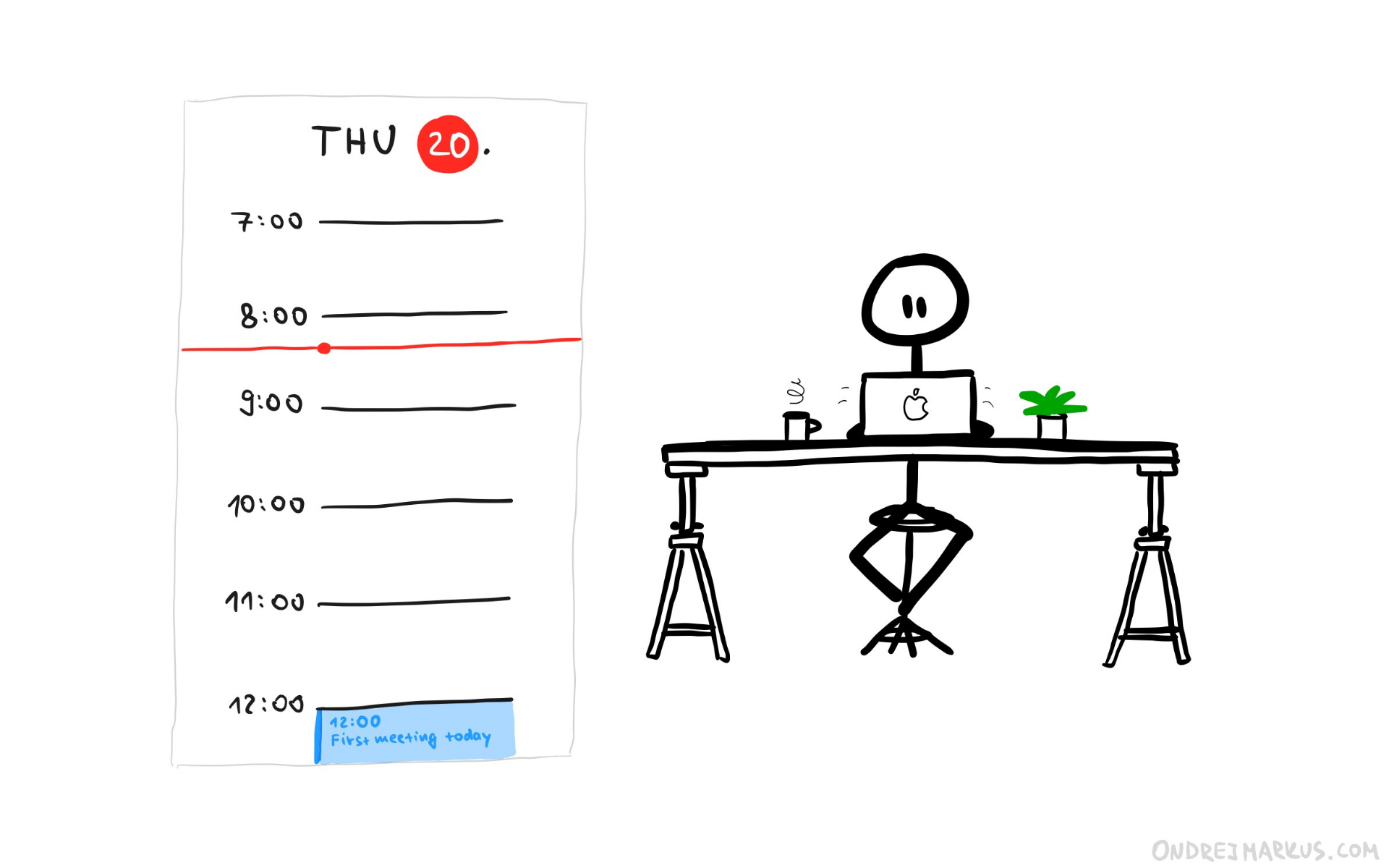
Find a process that works for you
I also track how much time I work with this symbol in my journal: ● (● = 25 minutes). However, I’m not strict about time tracking. I usually work for about 2 hours straight until I finish a task, mark ●●●● in my journal, and move on.
I’m keeping the record for later reference of which projects took how much work.
We’ve got all the pieces. Let’s assemble.
3) Put everything together – Create a dashboard
I like to keep the core of my System simple. No complicated Excel sheets or pages of text. Just a few words as clear objectives for work.
So I wrote the objectives down in this form:
Priority (3-word mantra) → Process (what I need to do) → Results (what I need to get done)
This is the final outcome of the process we just went through:
- Learn what burns → Read 4 ● every afternoon → to answer How to design a fulfilling work-life?
- Write what bleeds → Write daily 8-11 am → to publish 1 epic article and 4 Twitter threads
- Friend what tweets → Talk to Twitter peeps 1 ● every afternoon → to connect with 10 new people I like
I have this summary on my daily dashboard in Notion. But I don’t really need it because it’s so simple I just remember it. It’s easy to keep at the top of my mind.
That’s it for the System.
I know I haven’t explained every little detail of it. There is just too much going on in the background, and it would be a very looong reflection if I tried to explain everything.
This is meant as a snapshot of my design process that could be helpful when you feel the need for something similar. It’s a very much a spontaneous sharing of work in progress. And a testing run for writing a more in-depth guide in the future.
What do you think?
If you have a question, an opinion, an idea, please shoot at: my email
Please, really do. Knowing what’s helpful, or unclear, or completely missing is precious feedback for me.
Now, let’s move on to other things that happened in May.
Experiment: Publishing 1 article per day
I got a mad idea. I tried writing 1 article every workday to see if I can do it and whether it works for me.
You can read about the reasons why I thought it might be a good idea here: Building faster feedback loops for writing.
So how did it go?
After the first week, I found out that:
A) Yes, I can do it. But…
B) No, it doesn’t work for me.
So I stopped.
Publishing something every day felt great. But only as long as I was somewhat happy with its quality.
Once I wrote something where I thought ‘ugh, this isn’t something I want to show people,' my values collided. Consistency smashed into quality.

Consistency vs. Quality
After going through the wreckage, I picked quality. However, this isn’t a one or the other situation. I’m aware of that.
This is a topic I’m going to experiment with some more because it keeps coming back to me: What is the ideal balance between the quantity and quality in writing? Everyone has a different opinion on this. It’s fascinating.
Anyway, these are the 5 articles I wrote during the 1 week experiment (1 every day). It was a ride.
- Building faster feedback loops for writing
- Self-determination triangle: A map for a good life
- Too responsible
- No meetings before noon
- Make something you want to exist
And these ones I wrote at the start of the month before the experiment began.
- Tweet prototypes: Test your idea in 280 characters
- What the work happened #4 (April reflection)
Next, we move onto the painful stuff.
The van incident
On the 31st of May, I moved to a new apartment. It was a terrible experience with a hurtful finish.
I shared it already as a thread on Twitter, where I deconstruct my risk-management blunders, and how I plan to avoid them the next time.
Tadaa. That’s my May.
Yeah, I know, I’m sharing this in the middle of June. I don’t know why, but for some reason, I kept postponing this one.
Instead, I worked on what’s coming next. And since I’m spending more time writing now, there are some epic projects under development.
Everything I do right now is aiming at answering this question: How to design a fulfilling work-life?
I’m building a second version of my Work guide, which is the first part of the Life design guide collection I’m building.
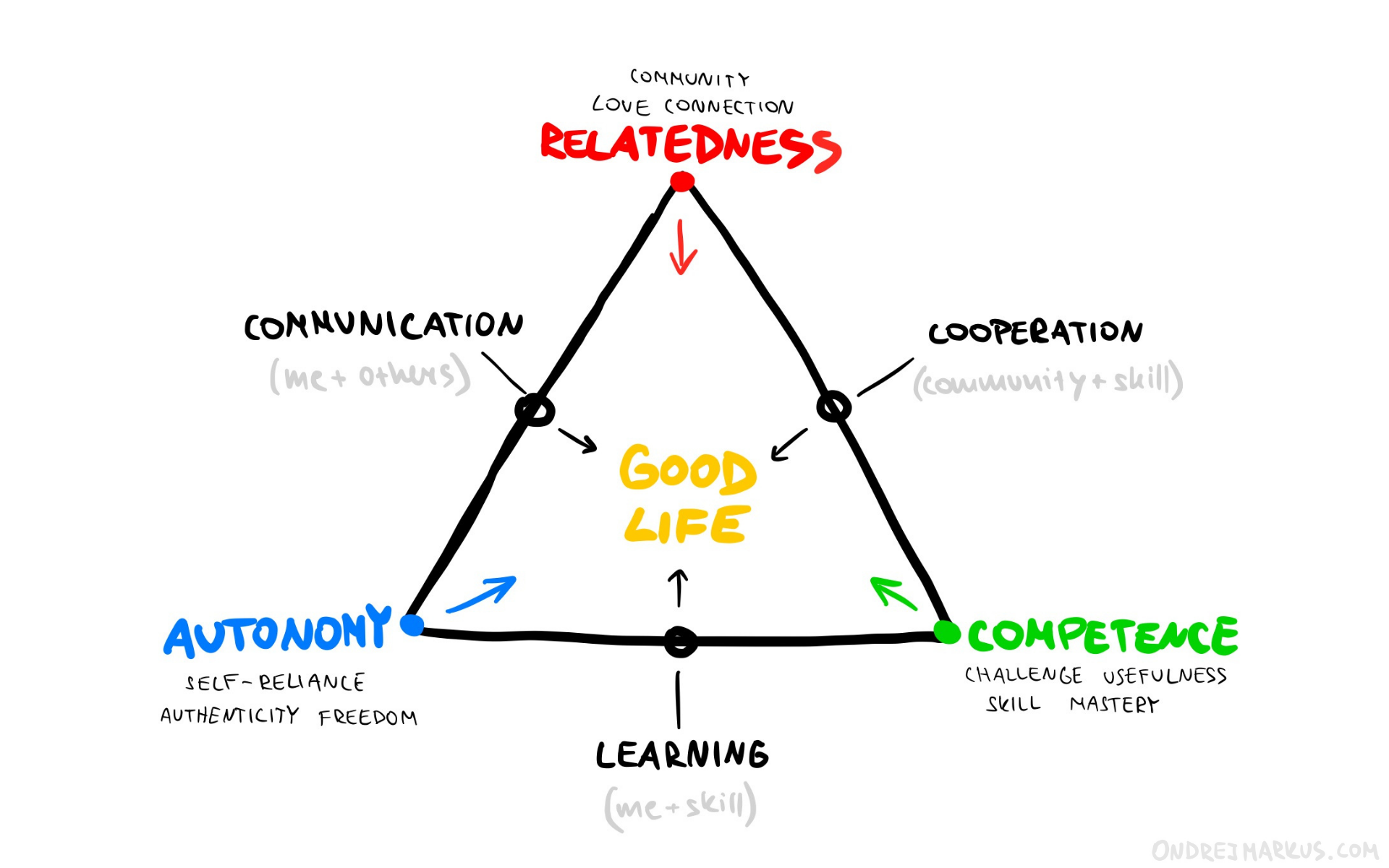
For this project, I just re-read the book Courage to be Disliked. Its ideas are so powerful. I want to forge them deep into my brain. And there is no better way to do so than to write about it.
That’s why my next project is writing a Courage to be Disliked book summary which I’m going to publish in about 2 weeks. It’s going to be so good.
Have a good one, and see you soon.
Bye 👋